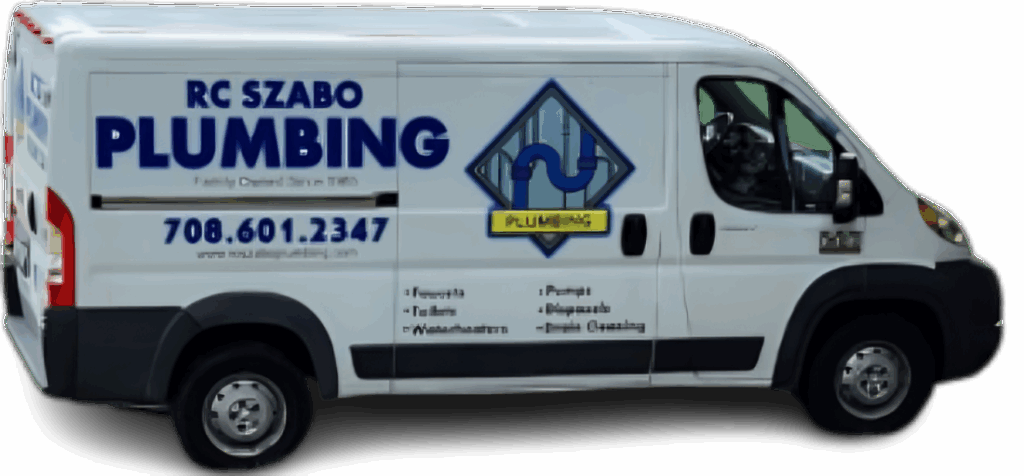”;
A sump pump can be defined as a pump that is used to remove water that has accumulated in a water collecting sump pit. One of the most common places to find these pumps is in the basement of a residence. It may also be found in the crawl space of a home. These sump devices are used in homes where flooding happens on a more or less regular basis. If the foundation of a house is located below the level of the water table then flooding can be a constant problem for homeowners to deal with. A sump pump can also be used to rid dampness from a basement. When you install a sump pump in your home what it will do is to transport the excess and unwanted water away from your place of residence and move it to a place where it cannot cause any more problems for you. This may mean that it finds its way to a dry well or to a municipal storm drain. These pumps can be used in a variety of ways and for a variety of conditions which makes them very versatile. The pump has a very basic design. It is reliable and easy to operate which makes it a valuable piece of equipment for every homeowner with water problems to contend with. As far as the function of a sump pump is concerned, it is placed in a sump (or prepared hole) and this makes it possible for the water to gather at this location. The pump does not become active until the water reaches a predetermined point. The pump will continue to work and to send water on its way until the point where all of the water is gone. There are two main types of sump pumps. There is the pedestal pump and the submersible pump. The former has the motor attached to the pedestal and the impeller is to be found on the sump. As far as the submersible type is concerned, the whole pump assembly can be found in the sump. Both types of pumps make use of pressure switches or floats which are needed to insure that the motor starts automatically upon detecting the presence of water. As far as the drain line is concerned for the pump you can make use of a regular garden hose if that is convenient. Another option is to use PVC or copper piping to create the drain line on your own. Do whichever is the simpler design for you. Whatever you do, do not drain the pump into the septic system. Not only could this cause serious problems beyond what you are already dealing with but it could lead to an even greater existence of water in the area. It would be a good idea to have a second pump to be used as a back-up system if the first one malfunctions or if you are coping with a large percentage of water all at once. Place the back-up pump in a second sump. This one will be ready in the event that the primary pump needs extra help.
Source: Free Articles from ArticlesFactory.com
ABOUT THE AUTHOR
If you’re in need of a sump pump Charlotte has the service for you. To learn more about this home improvement visit: http://www.sealingagents.com/.



